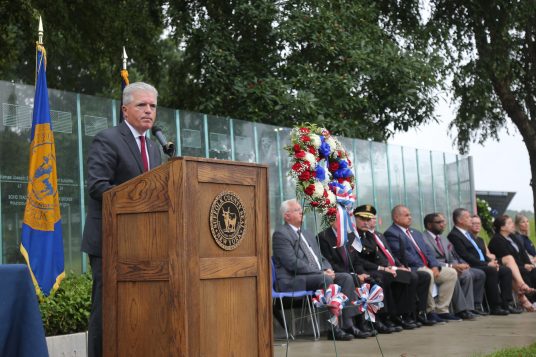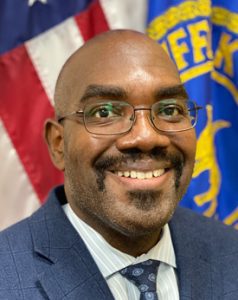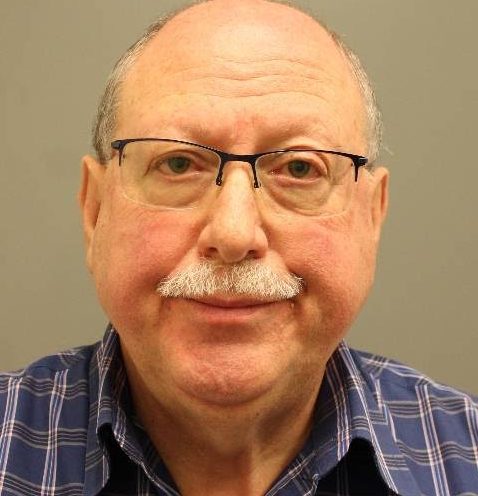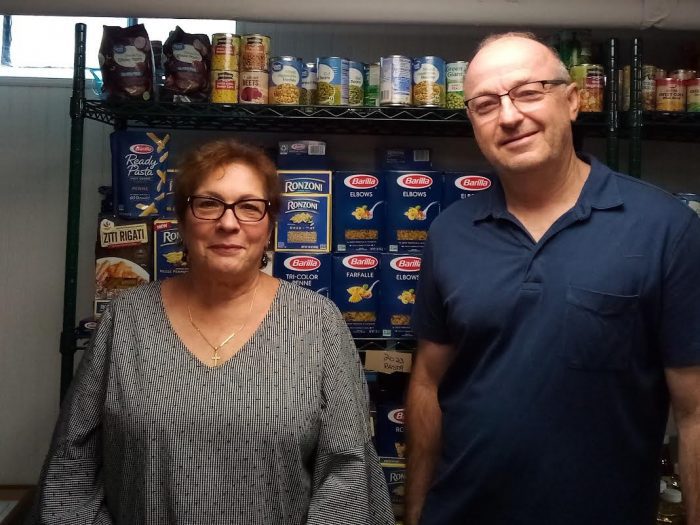By Raymond Janis
At the Suffolk County 9/11 Memorial outside the H. Lee Dennison Building in Hauppauge Monday morning, Sept. 11, county officials, first responders, faith leaders and veterans held a memorial ceremony to honor the lives lost during the 2001 terrorist attacks on the World Trade Center.
The service included music, prayer and ceremonial name reading, paying tribute to Suffolk County residents who had perished on that fateful day.
Suffolk County Executive Steve Bellone (D), county Comptroller John Kennedy (R), county Clerk Vincent Puleo (R) and county Legislators Nick Caracappa (C-Selden), Leslie Kennedy (R-Nesconset) and Stephanie Bontempi (R-Centerport), among others, participated in the name reading dedication.
Striking at the heart
“We stand before a monument with names etched in glass to honor, to remember the individuals who were killed on September 11, 2001,” said Bellone, who reflected upon the initial aftermath of 9/11 and the nation’s solidarity.
The nation and world, however, have undergone considerable transformation in 22 years since the attacks, Bellone added.
He suggested the terrorists sought to strike at “the heart of this nation and what we represent, the values that we believe in — freedom and democracy.”
Despite initial disruptions and the carnage inflicted, Bellone maintained that Americans worked to coalesce and persevere.
“We responded, we recovered, we rebuilt and came back stronger than ever,” the county executive said.
More than two decades later, Bellone expressed apprehensions over existing currents, highlighting the “division” and “arguments in our own country about elections.”
A day of healing
Bellone called upon citizens to return to the values that had once united them. He maintained that internal dissension rather than external threat represents a greater risk to the nation’s future.
“If this nation, if this republic, if this democracy is ever to fall, it will not be because of external forces,” he claimed. “It will be internal division and strife.”
He added that 9/11 can serve as an annual reminder of America’s capacity to heal, overcome differences and rediscover common values.
“It is incredibly important that we have these names etched on the wall,” he said. “Because the absence of them — their lives and what they meant to their families and communities — is felt every single day.”
He concluded by saying, “How do we honor them? I believe each and every one of us [can] use 9/11 as a day to remind ourselves, to commit ourselves to coming together — to heal as a nation and as a community.”
The ceremony ended with a collective singing of “God Bless America.”























